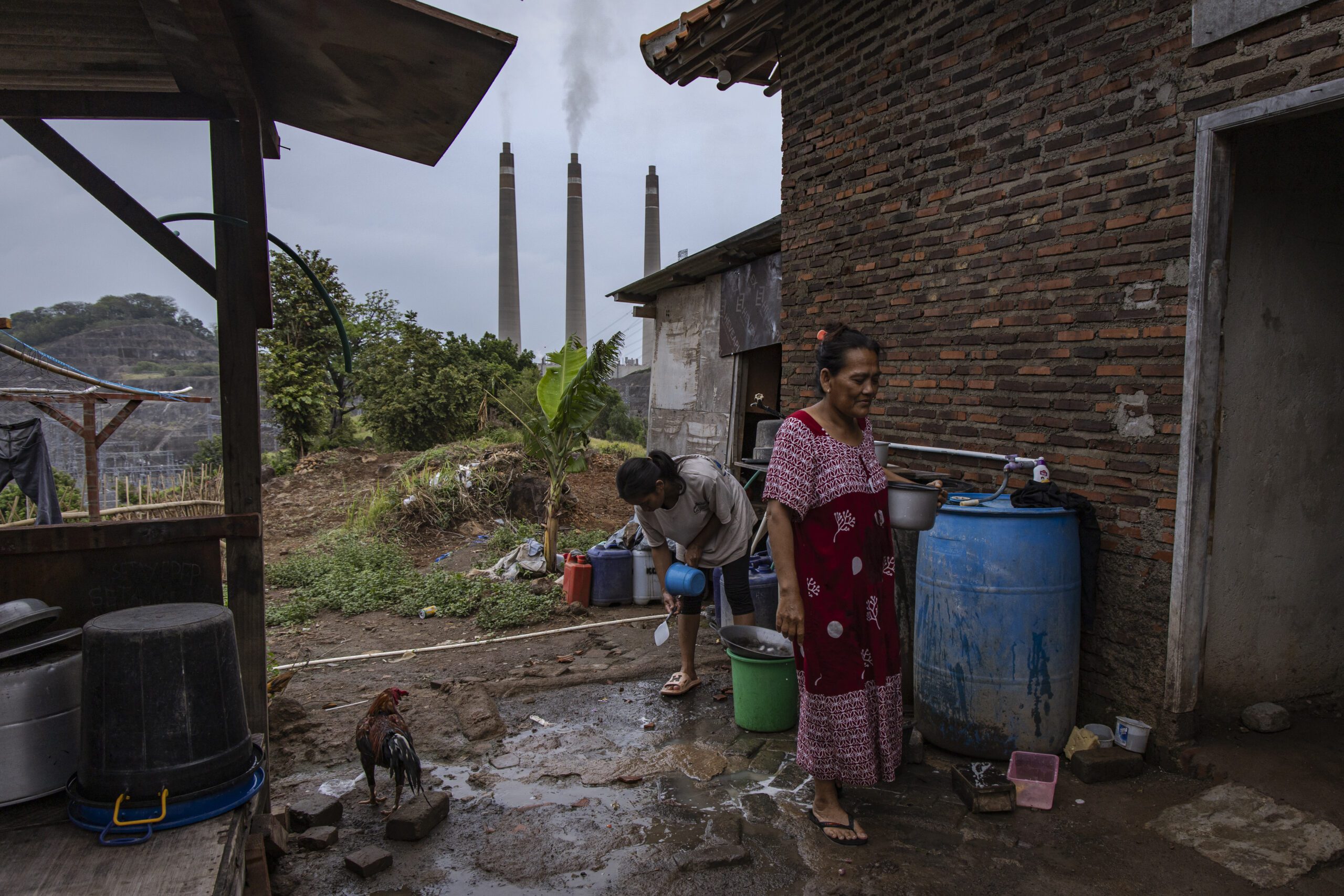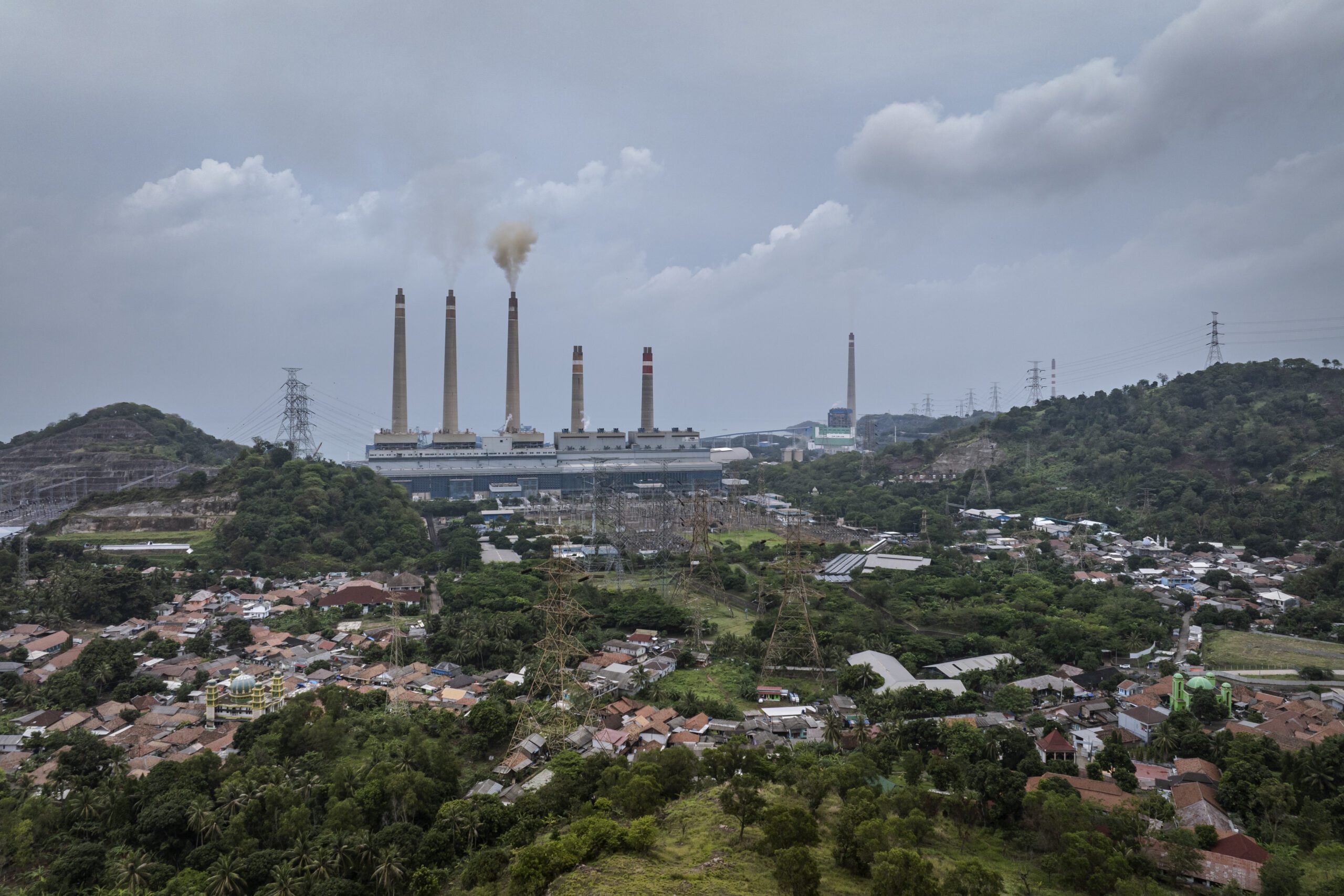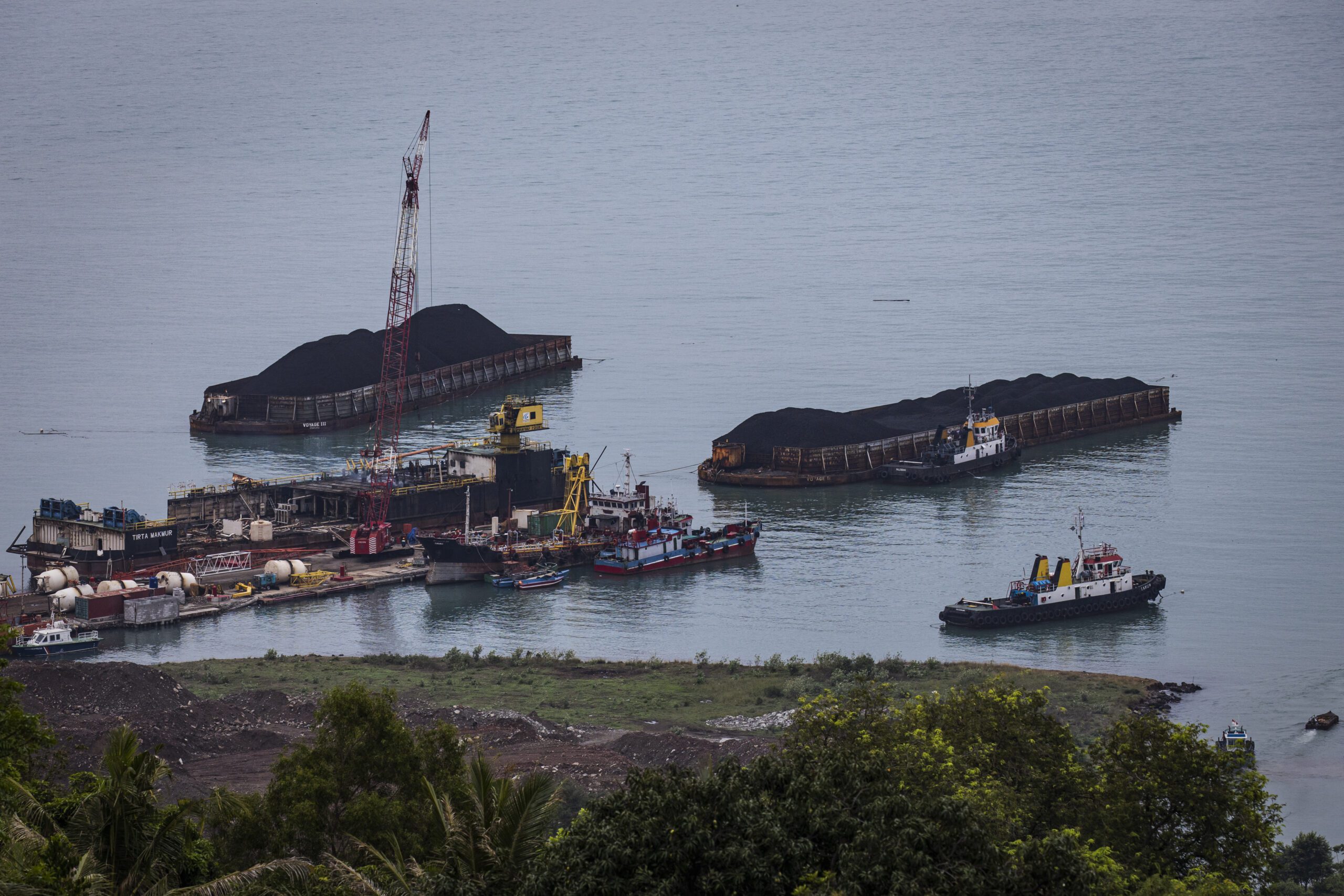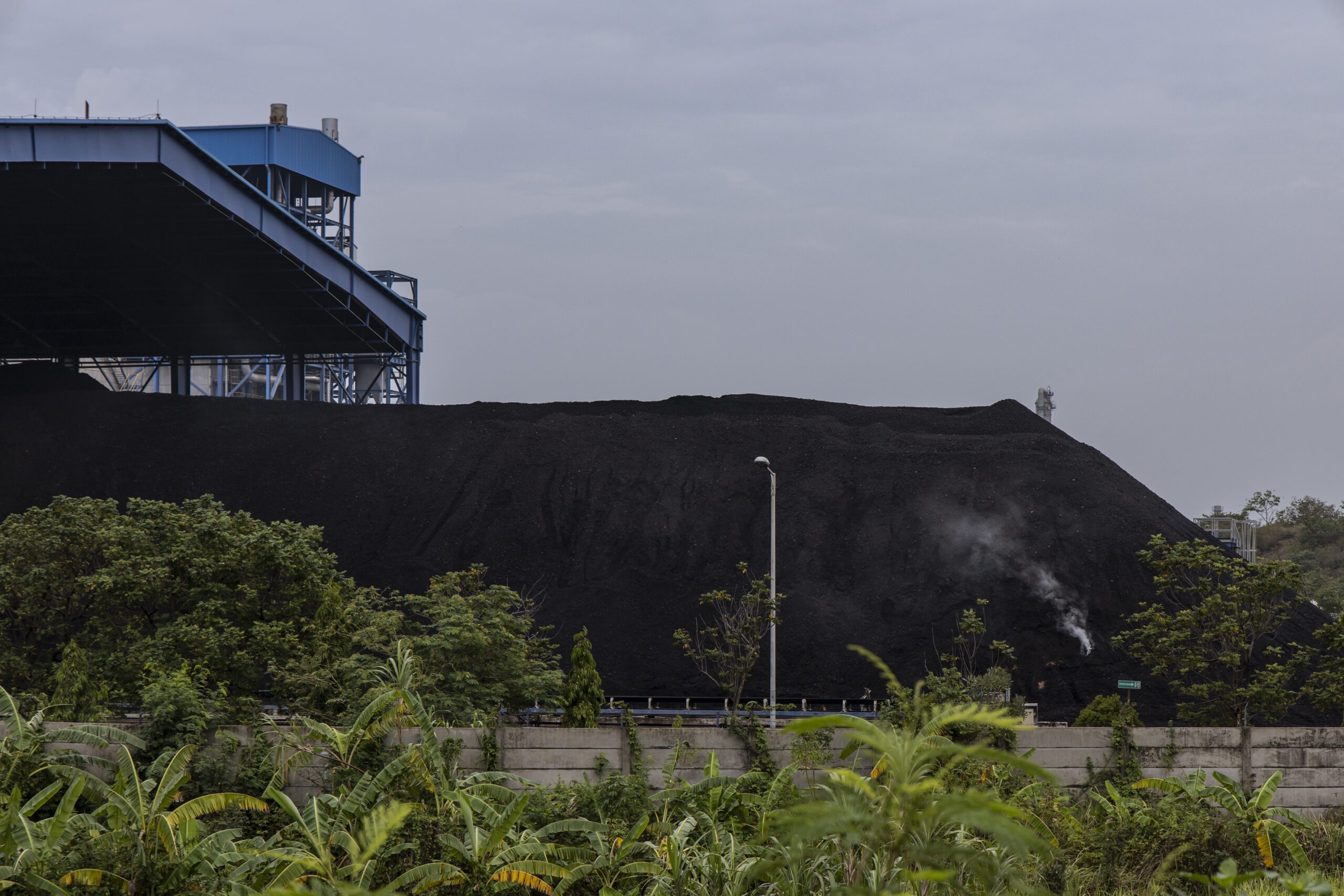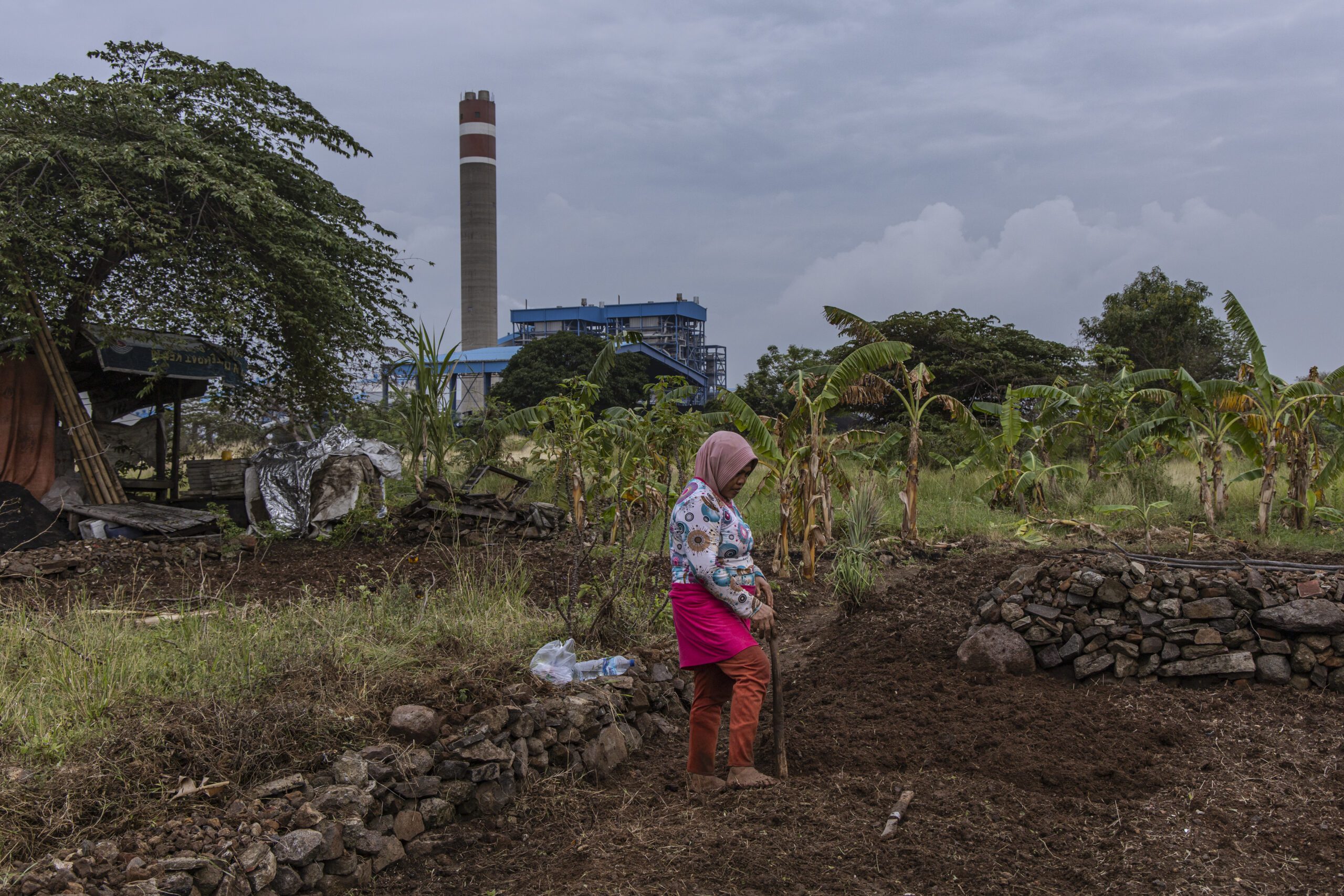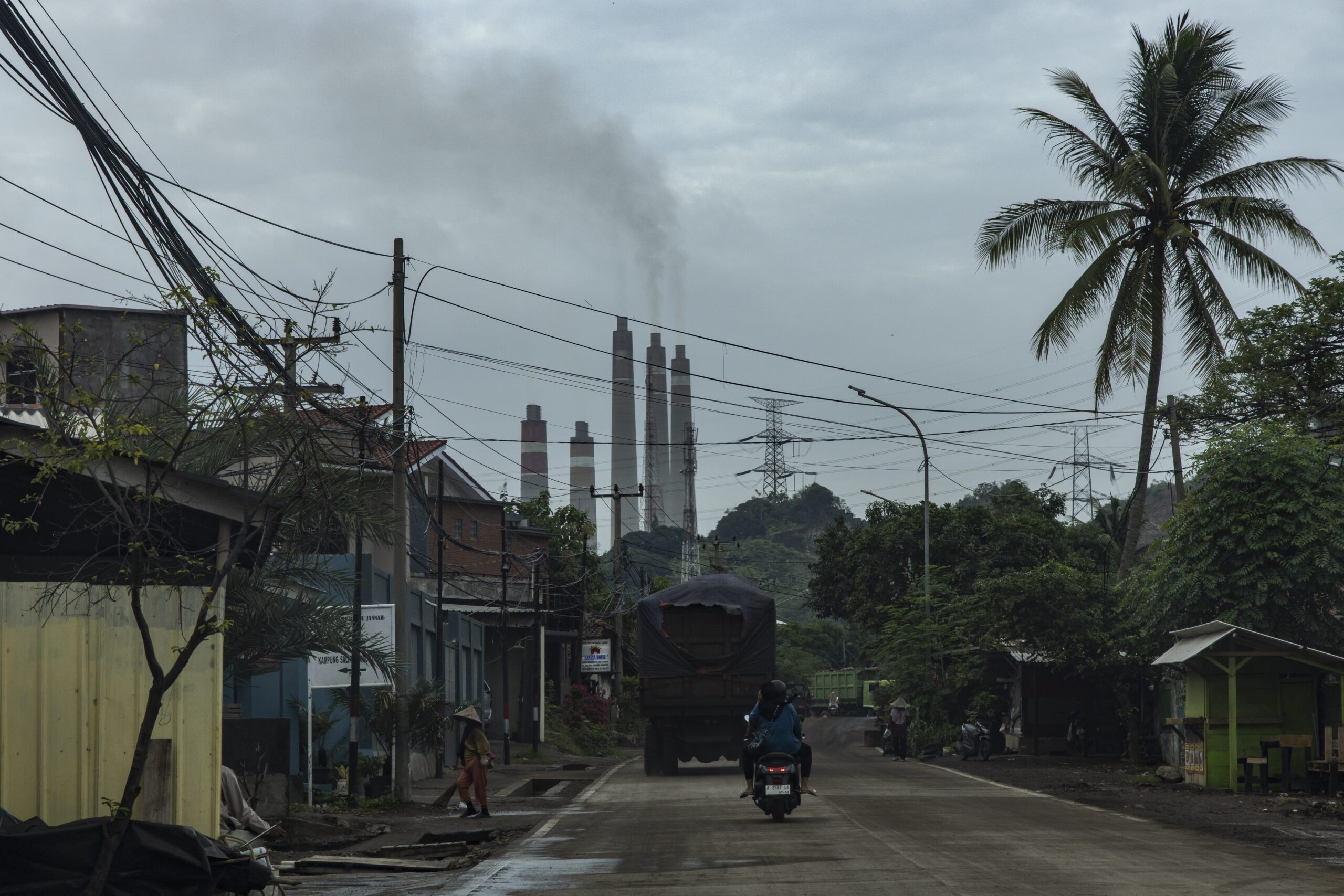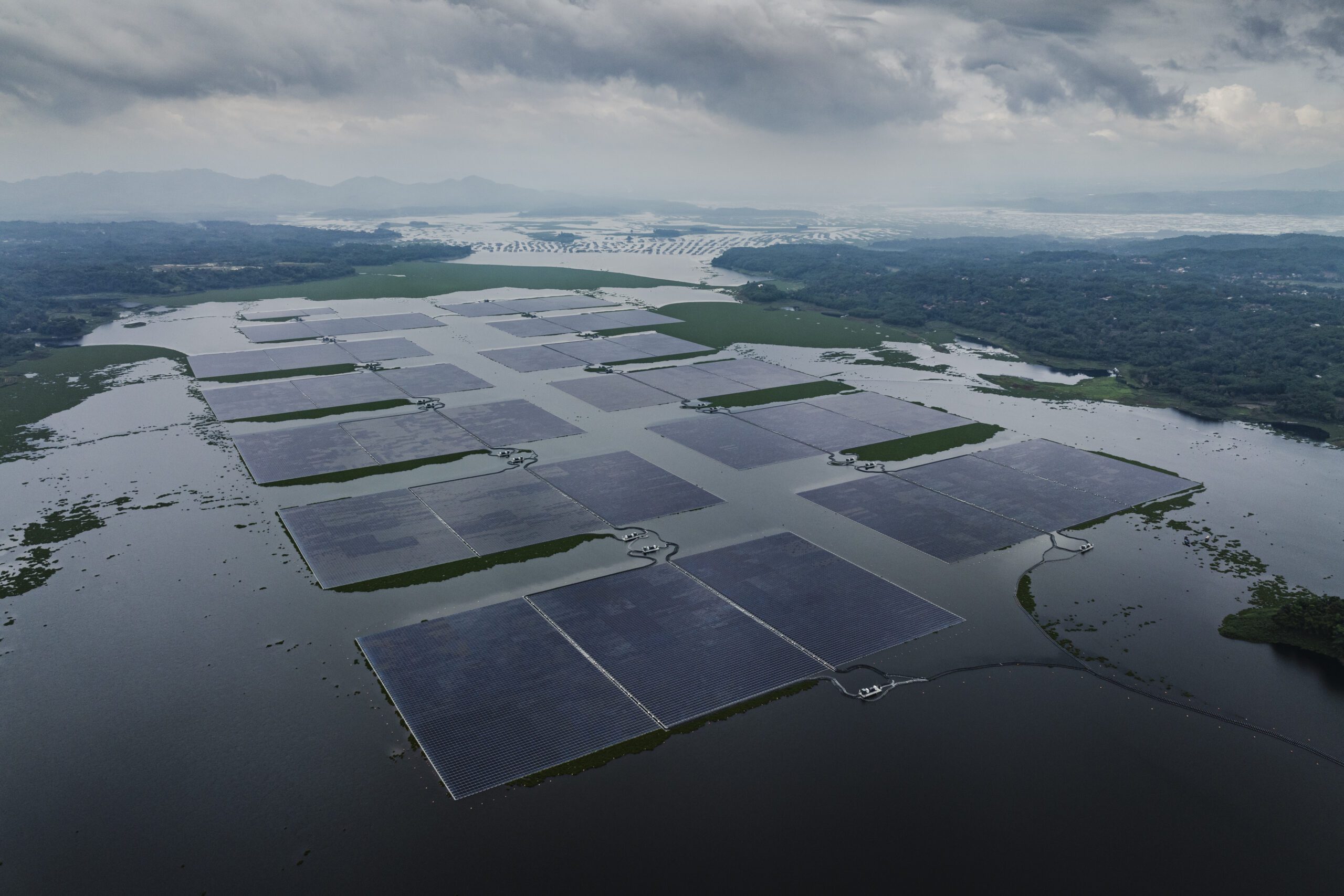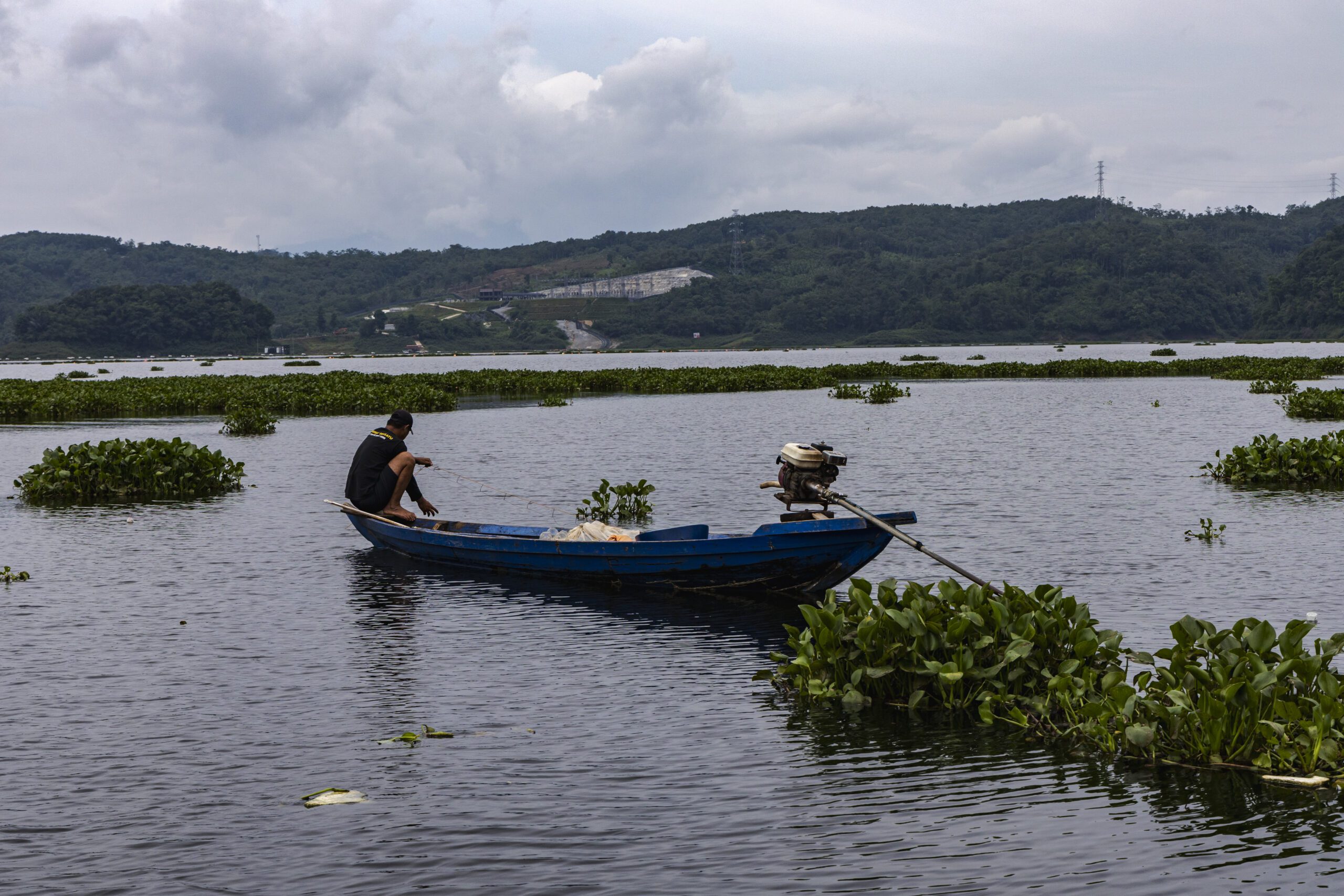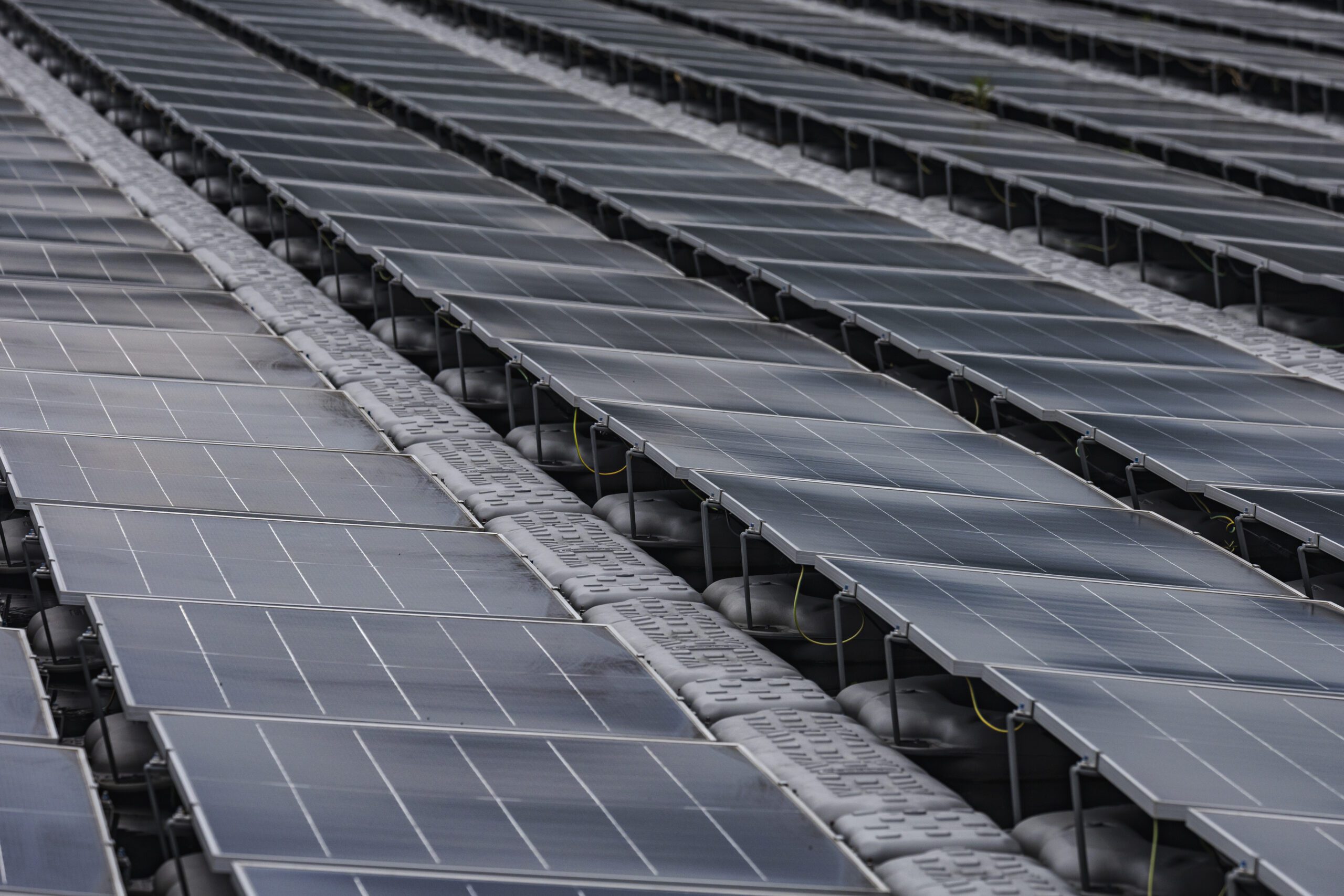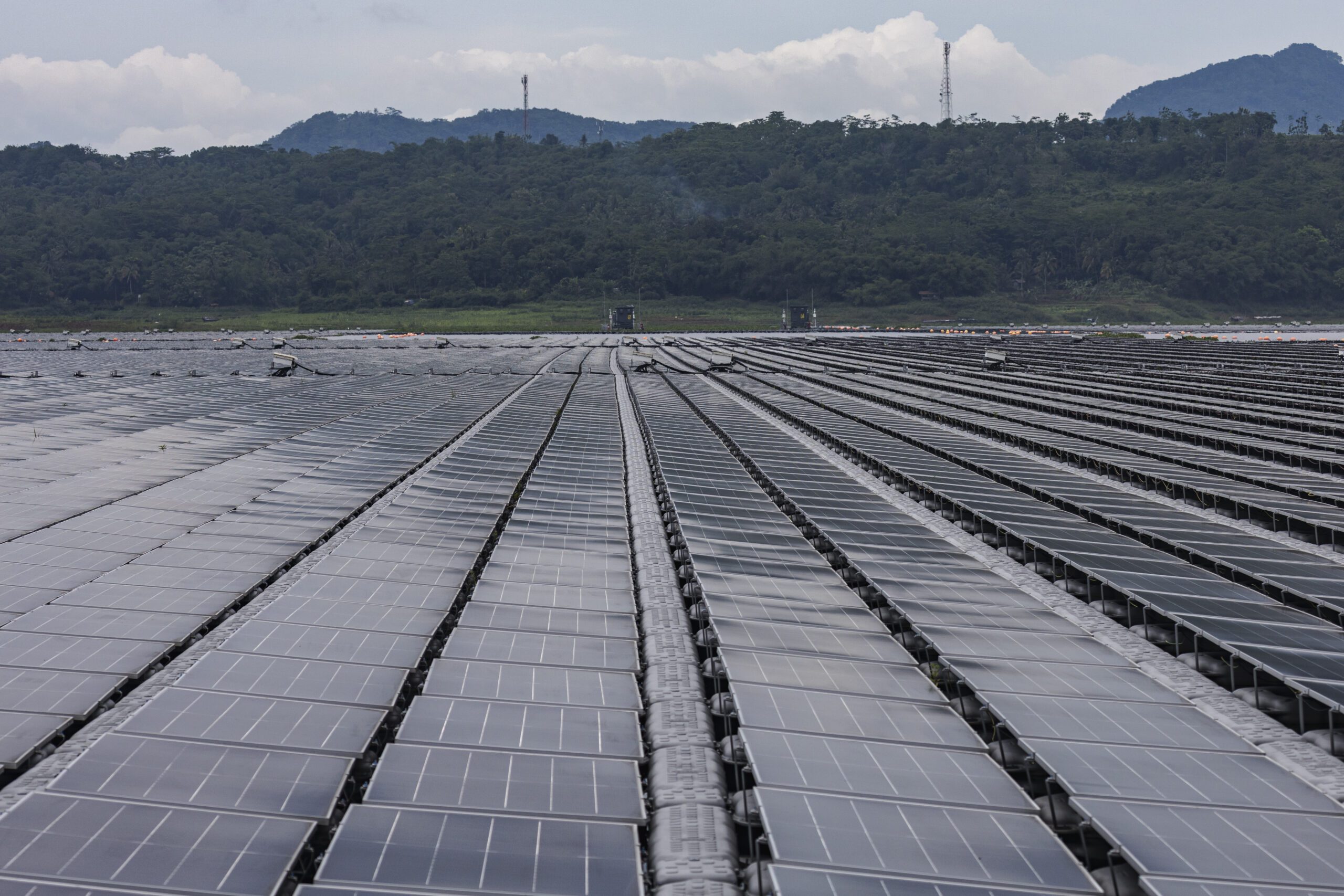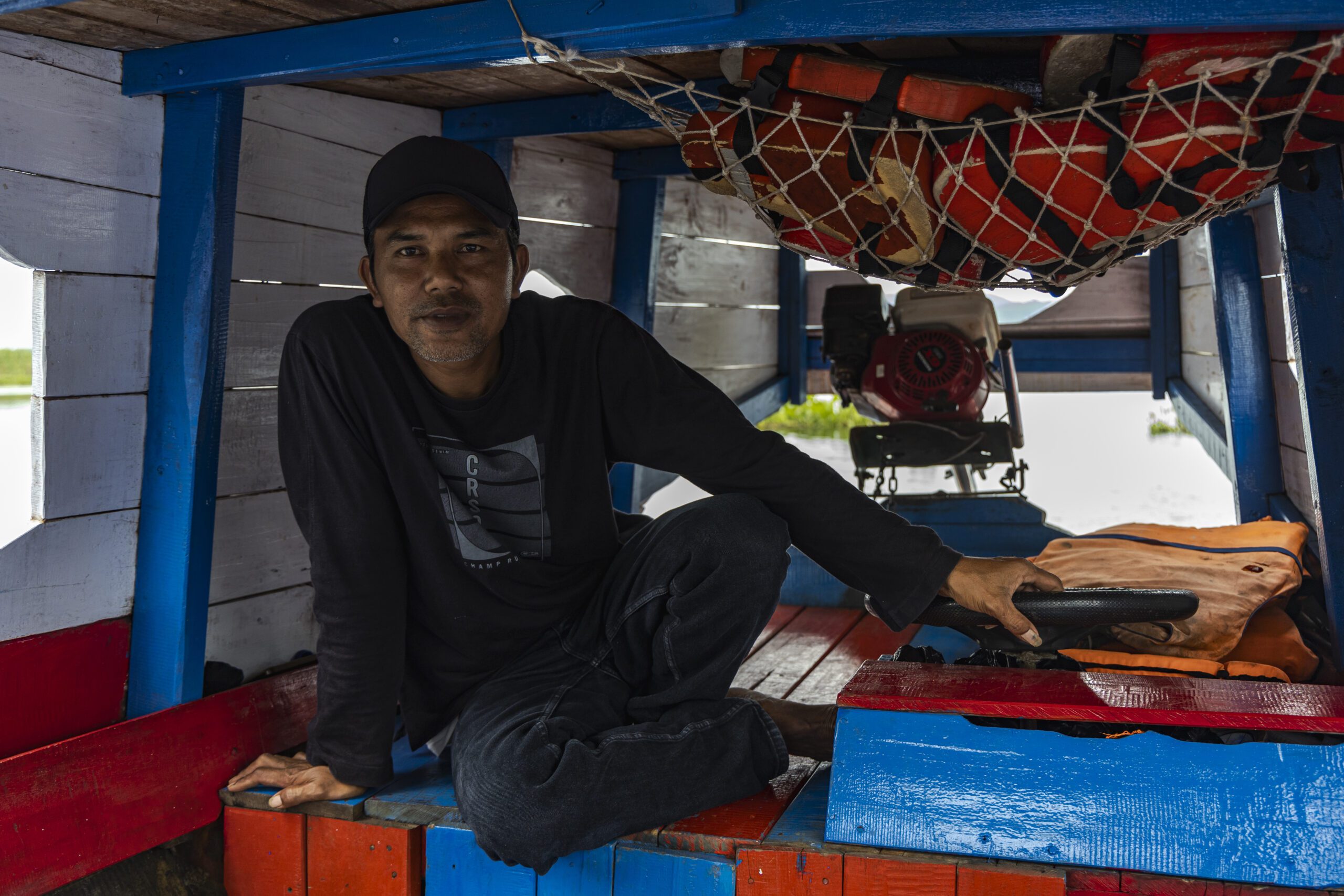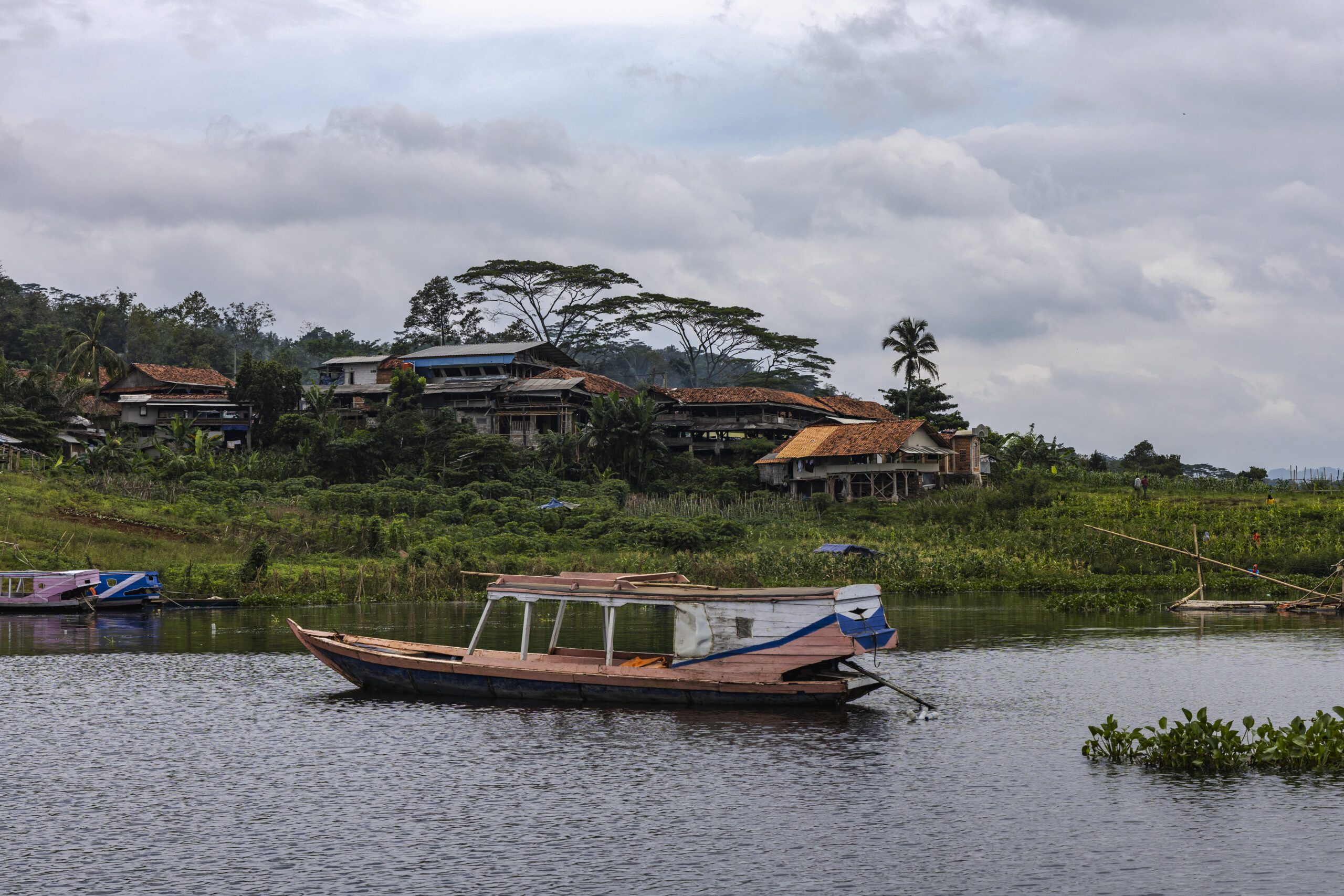-
China and the Global Energy Transition // China Environment Forum // Guest Contributor // Vulnerable Deltas
Photo Essay: Indonesia’s Decarbonization Tipping Point
Indonesia is at the heart of the next decade of growth in Asia. It also is at the frontier of Chinese industry’s move to develop clean energy markets overseas. The Indonesian government and Chinese investors are aligned on a narrative of decarbonization, but on the ground, coal remains central.
Coal plants in Indonesia emitted more than 185 million metric tons of carbon dioxide equivalent (MtCO₂e) in 2023, making it the fifth highest global contributor to greenhouse gas emissions from coal power. Yet, the country is at an energy transition tipping point. The Indonesian government has ambitious net zero carbon goals and is encouraging clean energy investments from China. For many in Indonesia, coal is an inexpensive bounty mined out of the rainforests in Kalimantan to fuel economic growth. However, poorly regulated coal mining and emissions are bringing serious environmental and human health costs. Indeed, during our recent reporting trip to coal and renewable energy plants across Java, we were always under a dome of low-level smog. The costs are already visible.
In the Shadows
A view of Suralaya coal power plant in Cilegon city, Banten Province, Indonesia on December 7, 2024. Suralaya is located in Cilegon where steel industries have developed. This port city has numerous heavy industry corporations, factories, and coal-fired power plants to supply enough electricity.
A sign of coal’s growing dominance is the massive 4000 MW Suralaya coal plant, Indonesia’s largest. With investors from Korea, India, and China, the plant uses huge quantities of Kalimantan coal to power an industrial park making steel, chemicals, and more.
Coal barges used to supply Suralaya coal power plant in Cilegon city, Banten Province, Indonesia.
When we arrived at the Suralaya coal plant in northwestern Java, we were struck by the storehouses of coal that towered several stories high, dwarfing the surrounding village. Near ‘teletubby hill,’ so-called for the bulge in the terrain that resembled the characters from the British TV show, we met people whose livelihoods were dependent on the plant — from security guards and gardeners to people doing odd jobs hauling materials and cleaning.
Coal piles for power plants in Cilegon city, Banten Province, Indonesia.
Masula, working near a coal power plant in Cilegon city, Banten Province, Indonesia.
With chickens pecking around our feet and goats baaing nearby, we talked with a cheerful family who farmed in the shadow of a massive smokestack. The mother and daughters grew vegetables to supplement the father’s income from the coal plant. We’d read a Reuters report that part of the plant would be shut down to remedy air pollution in Jakarta, but this came as news to the family. They told us the tower was being renovated and would restart burning coal in a year or two.
The industrial park and coal plant has drawn in people from all over Java to join in this economic boom. In the villages encircling Suralaya, Indonesia’s largest coal plant, we saw ramshackle streets lined with homemade tin-roofed shacks, convenience stores, and informal restaurants and stalls. The village also had small and colorful mosques, and a police academy whose front door was “guarded” by a bright orange statue of a tiger. Without being Dickensian or unpleasant, this village was clearly in the shadow of king coal, with no plans to change. In fact, coal gives this place its raison d’etre and it is easy to imagine the locals being disgruntled if coal were phased out.
Here Comes the Sun
An aerial view of floating solar power plant on the water at Cirata Reservoir, West Java, Indonesia.
Half a day’s drive away from Suralaya, we visited Cirata, the largest floating solar plant in Southeast Asia. We put our sunglasses on and reveled as the 300,000+ panels bounced luminescent reflections in the humid morning light. In stark contrast to the coal plant, the solar panel farm was otherworldly beautiful. Cirata’s solar panels supplement the electricity provided by the dam, which was built as part of a hydropower boom in the 1980s. The endless squares of solar panels generate 192 MW of electricity, enough to power some 50,000 households in Indonesia for a year. In our conversation with local people, we were struck by how they seemed to feel excluded from the plant, as it did not generate local jobs. The panels required no security guards or cooks to prepare lunch for workers.
A fisherman setting a net near floating solar power plant at Cirata Reservoir, West Java, Indonesia.
An aerial view of floating solar power plant on the water at Cirata Reservoir, West Java, Indonesia.
A friendly fisherman gave us a tour of the solar farm. As we motored out, the fisherman complained about the negative consequences of the panels. A floating green weed was multiplying around the solar installation making it harder for fishers to find the fish hiding under the panels. The weed also gets tangled in the offboard motors of their boats. He also claimed that the surrounding area has shifted from being balmy to too hot. The locals saw in the floating solar panels a beautiful future that had no place or benefits for them. Even the repairs on broken panels were tended by technicians from outside of the community.

As we passed the floating panels, impassive and silent, the boatman explained Chinese workers had come and used a special boat to install and lock the solar components in place. They didn’t hire locals, he said. Since the installation 2 years ago, the panels had gotten a lot of wear and tear. But he said it was the fault of the locals who aren’t good at taking care of things.Abdul Rohman, a motorboat driver poses near the floating solar power plant at Cirata Reservoir, West Java, Indonesia. According to Rohman, he complained that since the floating solar panels were installed, the temperature in the reservoir area had increased slightly compared to before the solar power plant was installed.
Indonesia is already feeling the impacts of climate change, in ways that are visible and immediate (worsening air quality and the loss of biodiversity), as well as subtle, difficult to measure trends (like decreasing fish stocks or a sense of rising temperatures). The fishermen were right that temperatures have been on the rise in Java and have already started to reduce palm tree and apple harvests. Coastal cities like Jakarta are sinking and are directly impacted by climate change-induced sea level rise and intensifying floodwaters. Even rebuilding a new capital city in Kalimantan in the Mahakam Delta may not be a long-term solution as sea levels rise.
A view of Cirata village near the floating solar power plant at Cirata Reservoir, West Java, Indonesia.
A few weeks after our reporting trip to Java, Indonesia’s climate envoy Hashim Djojohadikusumo, the president’s brother, argued that shutting down all coal plants by 2040 would be economic suicide for the country. A week later Indonesia’s minister of environment reaffirmed the country’s commitment to adhering to the Paris Climate target. This whiplash of opinions underscores conflicting priorities around the energy transition.
On our travels, we met researchers and ordinary people who didn’t seem convinced that the energy transition in Indonesia was happening fast enough or who didn’t trust the transition was going to be oriented to their needs. Some might be inclined to obstruct it if they believed it would threaten their livelihoods.
Western investment and aid for low-carbon energy in Indonesia lags behind the investments of Chinese companies. Installing Cirata and other renewable energy is a proof of concept that decarbonization could bring needed energy. But the clock is ticking, high poverty rates indicate coal’s appeal will likely remain strong, at least in the short term.
This article is part of the China Environment Forum’s China and the Global Energy Transition project, which examines China’s role in the Global South’s clean energy shift, and the Wilson Center-East-West Center Vulnerable Deltas project, which explores climate, plastic waste, and development threats in three Southeast Asian and two Chinese deltas. The Vulnerable Deltas project is supported by the Luce Foundation.
This article is part of the China Environment Forum’s China and the Global Energy Transition project, which examines China’s role in the Global South’s clean energy shift, and the Wilson Center-East-West Center Vulnerable Deltas project, which explores climate, plastic waste, and development threats in three Southeast Asian and two Chinese deltas. The Vulnerable Deltas project is supported by the Luce Foundation.Ulet Ifansasti is a freelance photojournalist and documentary photographer, with interest in social, environmental and cultural issues. He joined international photo agency Getty Images in 2008 and has been a regular contributor and stringer since. As a freelance photographer Ulet covers a variety of assignments for editorial and commercial clients and remains committed to exploring personal projects.
Jacob Dreyer is a writer and editor based in Shanghai, focusing on the politics of Chinese science and technology. He contributes to NOEMA, The New York Times, Nature, and more.
Sources: Benar News, Mongabay, Power Technology, Reuters, Statista, Straits Times, Tanahair, Washington Post
Photos credit: All photos courtesy of Ulet Ifansasti
 A Publication of the Stimson Center.
A Publication of the Stimson Center.

